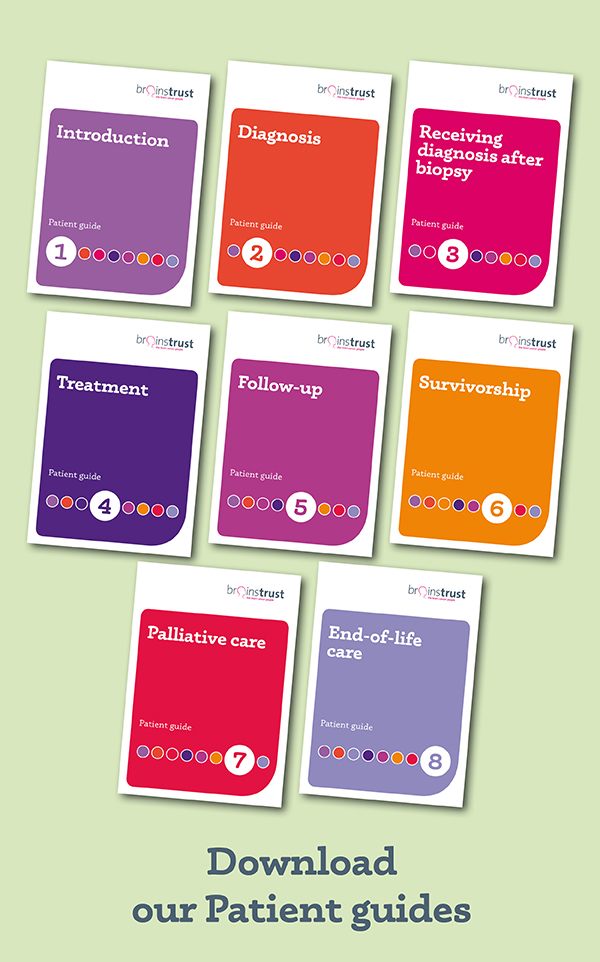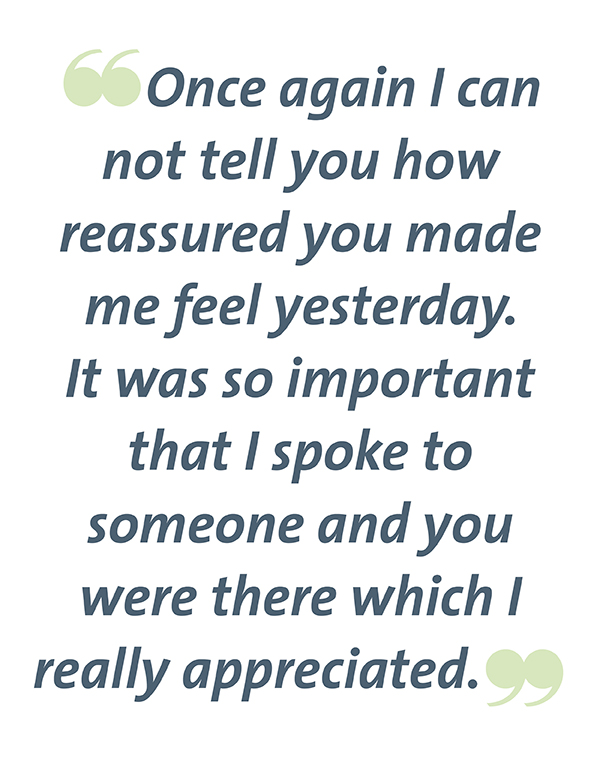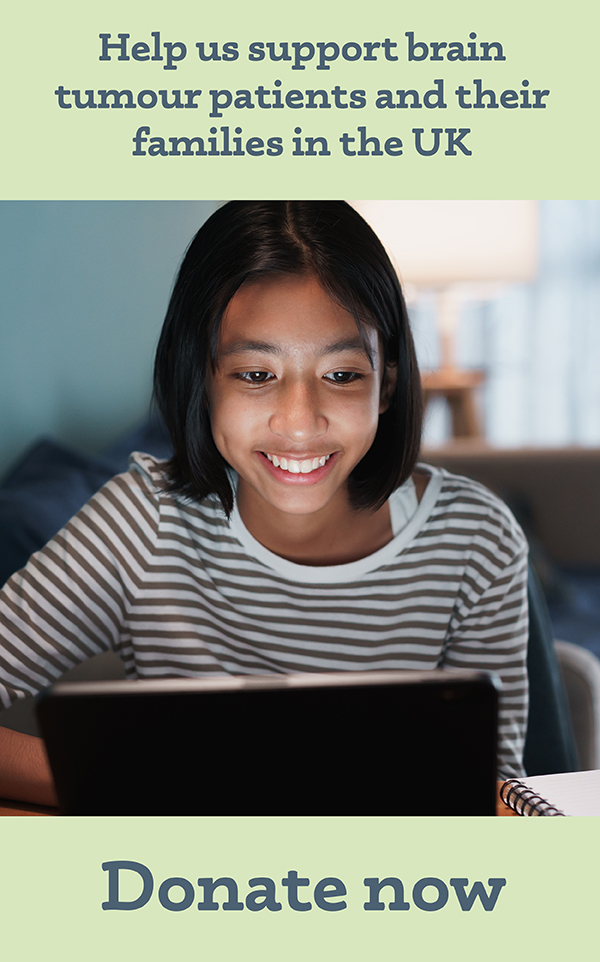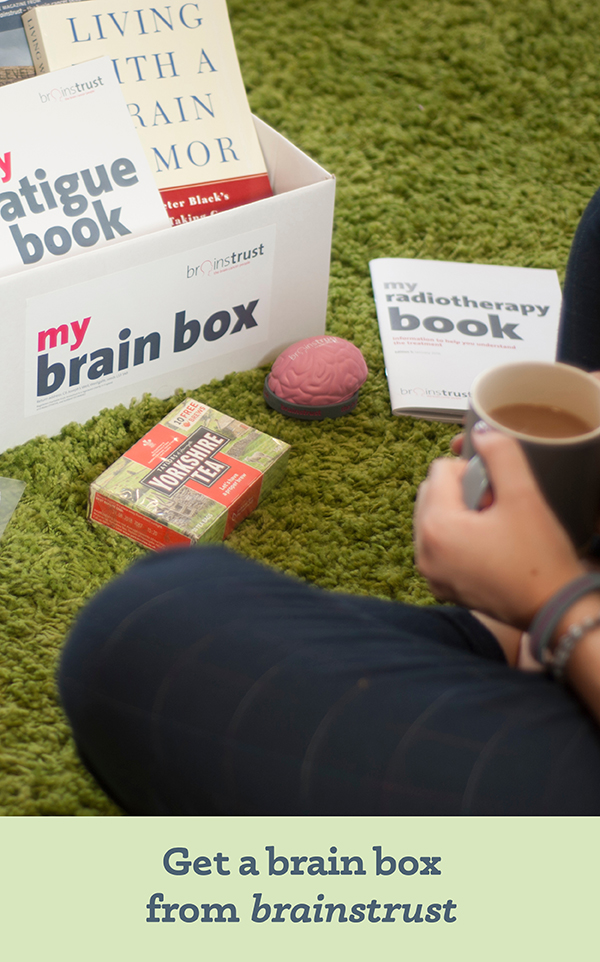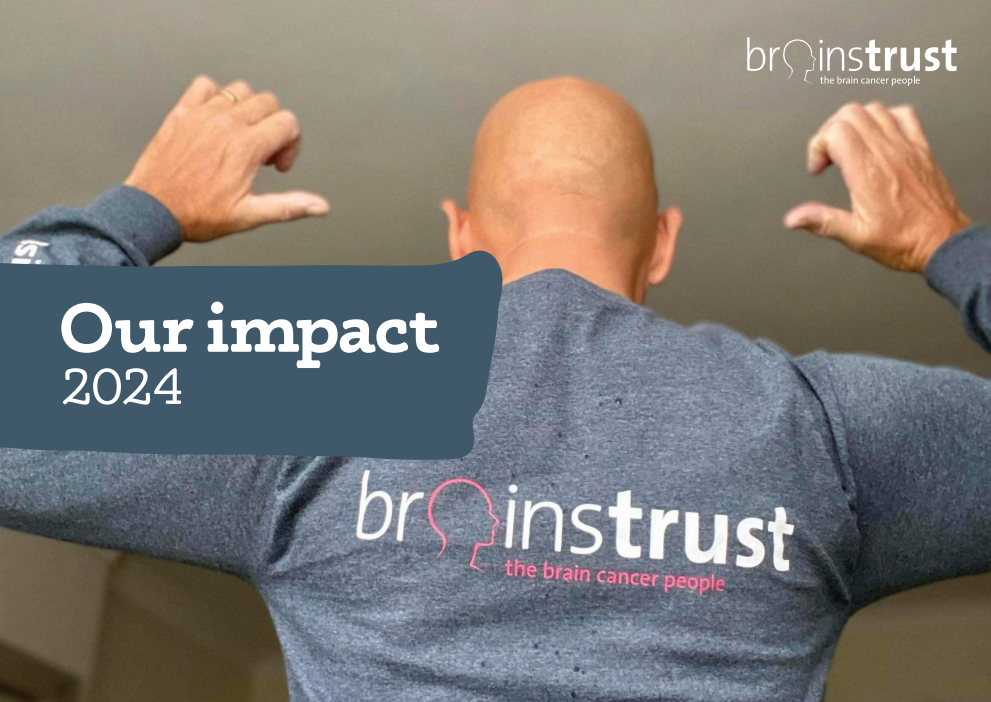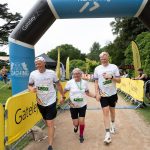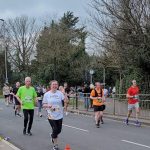Technology
Tumour treating fields: OPTUNE
What is it?
Optune is a portable, non-invasive medical device designed for continuous use by patients. Unlike healthy cells, cancer cells divide quickly, in an uncontrolled way (mitosis). As they divide, they form a mass or tumour. Optune is a non-invasive regional therapy that targets dividing cancer cells in the brain and generally does not harm healthy cells. It works by creating alternating, “wave-like” electric fields called Tumour Treating Fields (TTFields). TTFields travel across the upper part of the brain in different directions to help slow or stop newly diagnosed or recurrent glioblastoma cancer cells from dividing.
Optune is delivered through 4 transducer arrays that are placed directly on the scalp to target the tumour. The transducer array placement is determined based on each patient’s MRI results to maximize the therapy’s effect on the tumour.
Optune has received marketing approval in the U.S. under the brand name Optune™ for recurrent GBM. The NovoTTF-100A System is a CE Marked device cleared for sale in the European Union, Switzerland, Australia and Israel.
How is it used?
Studies have shown that treatment is more effective if used for more than 18 hours a day. It is worn from first diagnosis until death and is used with the standard treatment protocol of radiotherapy and chemotherapy (temozolomide).
To work effectively, the transducer arrays must be placed directly on the scalp, so the head must be shaved throughout treatment. The transducer arrays need to be replaced one to two times per week (every 4 to 7 days), depending on factors like how much the patient sweats and how quickly hair grows. Patients can shower without taking off the transducer arrays but they have to wear a shower cap.
The patient must learn to change and recharge depleted device batteries and to connect to an external power supply overnight. In addition, the transducer arrays need to be replaced once to twice a week and the scalp re-shaved in order to maintain optimal contact. Patients carry the device in an over-the-shoulder bag or backpack and receive continuous treatment without changing their daily routine. Second generation systems weigh (1.3kgs).
Optune commonly causes skin irritation beneath the transducer arrays and in rare cases can lead to headaches, falls, fatigue, muscle twitching or skin ulcers. 45% of patients had skin irritation (2% severe).
Patients are supported by a Device Support Specialist from Novocure who sees patients at home. There is also a UK Optune Support Group which meets monthly via Zoom and has an associated WhatsApp group.
Evidence
There have been several clinical studies of TTF in different tumour types and at different stages of disease. The evidence shared here is divided into people with newly diagnosed GBM and people who are at recurrence.
Newly diagnosed GBM
Summary
The key trial for people who are newly diagnosed with GBM is EF-14. This compared standard chemo-radiotherapy to chemo-radiotherapy plus Optune in adults with newly diagnosed GBM. This showed an increase in median OS from 16 months to 20.9 months. Two-year survival increased from 31% to 43% and five-year survival from 5% to 13%. Longer wear time was associated with a greater improvement in survival. The only difference in side-effects was in skin irritation.
Detail
This was a large, multi-centre, international, randomised phase 3 trial testing the combination of chemo-radiotherapy and chemotherapy (Stupp protocol) against chemo-radiotherapy and chemotherapy plus TTF. TTF was started 4 weeks after the chemo-radiotherapy and continued until second disease progression.
695 patients were randomized and assigned 2:1 in favour of TTF. Patients were treated with adjuvant temozolomide +/- TTF. After progression, treatment was as local practice, but Optune could be continued until second progression. The primary outcome was progression-free survival, with overall survival as a secondary outcome; outcomes were assessed on the intention-to-treat population. The trial also measured quality of life (QoL) using QLQ C30 and BN20, and the MMSE for cognitive function. MRI was done every 2 months and centrally reviewed with blinded review. The trial opened in July 2009, and completed recruitment in December 2014.
Patients were similar in both arms. Median age was 56, 68% were male. 54% of patients had a gross total resection; 13% had a biopsy only. Patients completed a median of 5-6 cycles of adjuvant TMZ, and the median TTF wear time was 8 months. Seventy-five percent of patients in the TTF arm achieved an average wear time of 18 hours a day or more. Follow-up was a minimum of 24 months, with a median of 40 months follow-up.
The only significant difference in side-effects was in skin irritation: Fifty-two percent of patients developed skin irritation, although only 2% developed severe (grade 3 – 4) skin side-effects. Quality of life was similar in both arms, except for more skin itching in the TTF group.
The primary endpoint was progression free survival (PFS). The pre-specified, interim analysis of EF-14 trial data was conducted on the first 315 patients, representing approximately 50 percent of the targeted study population. The trial was stopped early due to the success.
The data shows that:
- Patients treated with TTFields together with temozolomide demonstrated a significant increase in progression free survival compared to temozolomide alone (median PFS of 7.1 months compared to 4.0 months, hazard ratio=0.63, p=0.001).
- Patients treated with TTFields together with temozolomide demonstrated a significant increase in overall survival compared to temozolomide alone (median OS of 19.6 months compared to 16.6 months, hazard ratio=0.75, p=0.034).
- The percentage of patients alive at 2 years in the TTFields together with temozolomide arm was 43% compared to 29% in the temozolomide alone arm.
In summary you are looking at an average of an extra 12 weeks for both PFS and OS.
“These results are spectacular – a lot better and much more convincing than we ever would have dreamt of,” said Dr. Roger Stupp, M.D., EF-14 Principal Investigator. “A new standard of care for patients suffering from glioblastoma is born.”
Exclusion Criteria
- Actively participating in another clinical treatment trial
- Within 4 weeks from surgery for recurrence
- Within 4 weeks from any prior chemotherapy
- Within 4 weeks from radiation therapy
- Pregnant
- Significant co-morbidities within 4 weeks prior to enrollment
- Implanted pacemaker, defibrillator or deep brain stimulator, or documented clinically significant arrhythmias
- Infra-tentorial tumour
- Evidence of increased intracranial pressure (midline shift > 5mm, clinically significant papilledema, vomiting and nausea.
Recurrent (relapsed) GBM
EF-11 explored the use of TTF in patients with relapsed GBM. Two hundred and thirty-seven patients were randomised to either physician choice of chemotherapy or TTF. Survival was similar in both arms, with a median survival of 6 months. However, 80% of patients were on third line therapy, and outcomes were poor in both arms. EF-19 explored the use of TTF in the real-world setting and found similar outcomes to EF-11.
Real world data
Although the trial data from EF-14 shows a survival advantage, new treatments can have very different impacts when used in the real world (as raised by CADTH). There are now several real-world reports on the use and outcomes of TTF outside of clinical trials. The main reports of interest are:
- Post-marketing surveillance
- The TIGER study from Germany
- The US xCures study
Post-marketing data of 25,000 brain tumour patients treated with TTF showed that 43% developed a skin reaction; other side-effects were an electric sensation and a heat sensation (REF Mrugala MM, et al. J Neurooncol. 2024;169(1):25-38.)
The xCures study pooled real-world data in 1269 patients with newly diagnosed GBM treated in 2019 across a number XXX of US centres. Survival in those with >75% use was in line with EF-14 at 19.3 months (Connelly JM, et al. ESMO 2024. Abstract 459P)
The TIGER study from Germany reported real-world data on 710 GBM patients offered TTF: uptake was 60% and survival in those using TTF was comparable with EF-14 (median OS 19.6 months; 2 year OS 42%). Side effects of TTF are limited to skin irritation.
Both xCures and the TIGER study suggested that there was a time-dependent effect, with increased wear time being associated with improved survival.
In the pipeline
There has been one large TTF-based trial in GBM that recruited in the UK (TRIDENT). This was a large international multi-centre randomised Phase 3 trial, comparing the use of TTF after chemo-radiotherapy, alongside chemotherapy (as per EF-14) with the use of TTF starting at the same time as chemo-radiotherapy and continuing afterwards. It recruited a total of 950 patients, of whom ~20 came from the UK. The results of this trial are likely to take at least 3 years to be reported. While there are some smaller TTF trials, the only upcoming large trial is EF-41. This compares chemo-radiotherapy + TTF (as used in EF-14) with chemo-radiotherapy + TTF + Pembrolizumab. EF-41 is likely to be open at ~ 5 UK sites and recruit 30-50 patients.
Approved Indication
TTF is now recommended for the treatment of newly diagnosed GBM in the USA (NCCN guidelines) and the Canadian guidelines have recommended that it be funded. The U.S. FDA has approved it for use as a treatment for adult patients (22 years of age or older) with histologically-confirmed GBM, following histologically – or radiologically-confirmed recurrence in the supra-tentorial region of the brain after receiving chemotherapy. The device is intended to be used as monotherapy and is intended as an alternative to standard medical therapy for GBM after surgical and radiation options have been exhausted.
TTF is available in the UK. Novocure provides it through partnerships with private healthcare providers on a commercial basis, with a self-pay cost of £15,000 – £20,000/month. It is also covered by two major insurers (BUPA and AVIVA) as well as some smaller ones (CIGNA, Allianz). It is currently not covered by AXA-PPP or Vitality, although there are ongoing appeals from several patients.
Benefits and risks
Benefits
- Optune works as well as chemotherapy.
- There are minimal side effects. Optune delivers treatment to the region where the tumour is located and does not cause many of the side effects of chemotherapy, including infections, nausea, vomiting, diarrhoea, and blood toxicities.
- Better quality of life. Patients using Optune reported a better quality of life with improved cognitive and emotional functioning compared to patients treated with chemotherapy.
Risks
Skin irritation is often seen under the transducer arrays when using Optune. The irritation can be treated with steroid cream or by moving the transducer arrays. If it isn’t treated, the skin irritation could become more serious. This may lead to open sores, infections, pain and blisters.
Headaches, weakness, convulsions, and thinking changes were seen in the clinical study of Optune. In the device group. 18 out of 116 patients had headaches, 10 out of 116 patients had weakness, 10 out of 116 patients had convulsions, and 6 out of 116 patients had thinking changes. These events are also seen in patients with recurrent GBM who do not use Optune. However, there was a higher rate of these problems overall in Optune patients (43.1%) compared to patients on cancer drugs (36.3%). Only skin redness and open sores are related to Optune treatment itself.
You can read more information about Optune here.
Comments
It seems to only be effective on patients with smaller GBMs in the supratentorial region.
It appears to provide an extra 12 weeks PFS and OS.
It costs around £17,500 month.
Some of the clinical community is skeptical of this treatment.
Not adopted widely because:
- lack of experience
- science is not explained
- interim data set is not representative
- patients don’t all accept the device
- cost
- shift needed from molecular physics to biophysics
- Impractical, unwieldy and unsightly
It is not yet approved by NICE for use in England. Currently, patients will need to source and finance this for themselves.
Questions you should ask yourself:
- How would I feel having to wear this round the clock for the rest of my life?
- How will I feel having to shave my head twice a week?
- I’ll need help. Who will help me change the electrodes regularly?
- How will I feel having to carry a device around all of the time?
- This will mark me as different when I’m out and about. How do I feel about this?
- What is important to me? e.g. some people may have a reason for wanting the extra time. For others their identity may be more important.
- How will I fund this treatment?
Did this information make you feel more resourced, more confident or more in control?
Date published: 17-05-2009
Last edited: 17-04-2025
Due for review: 04-2028

